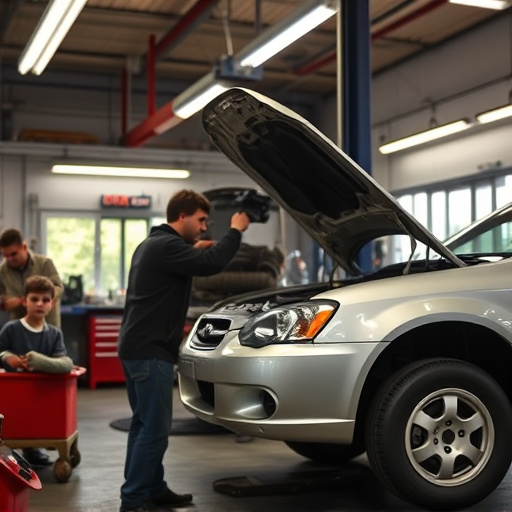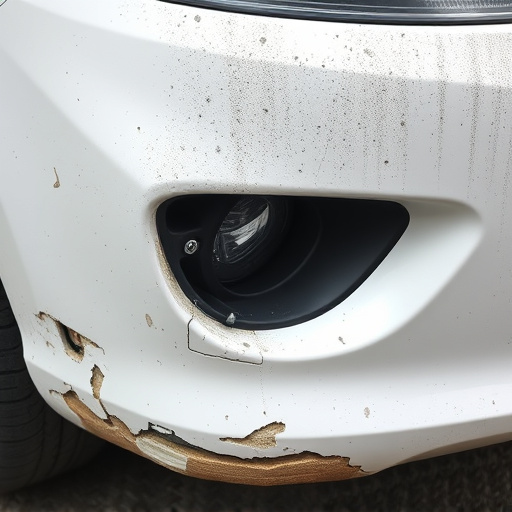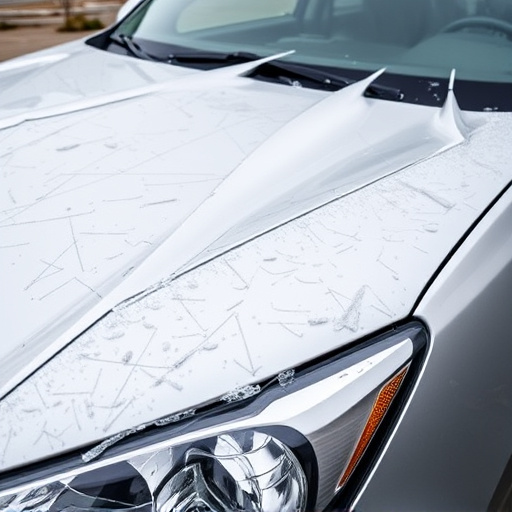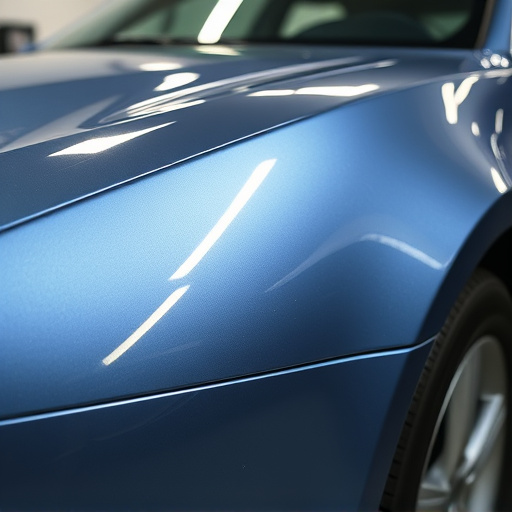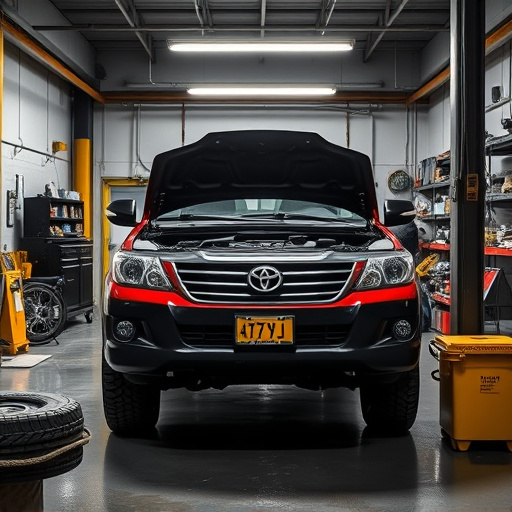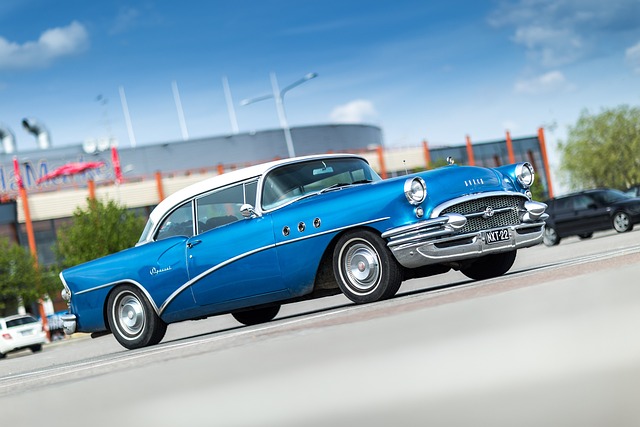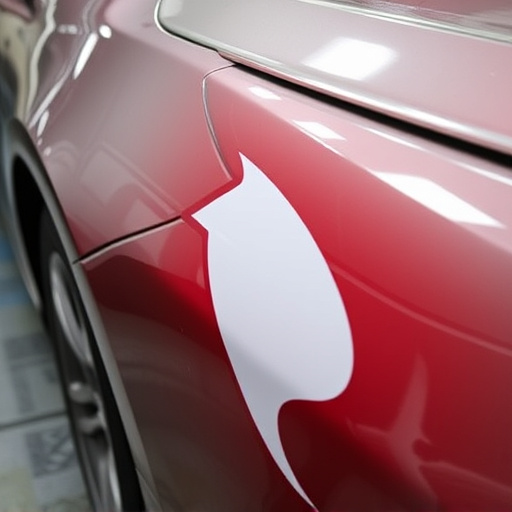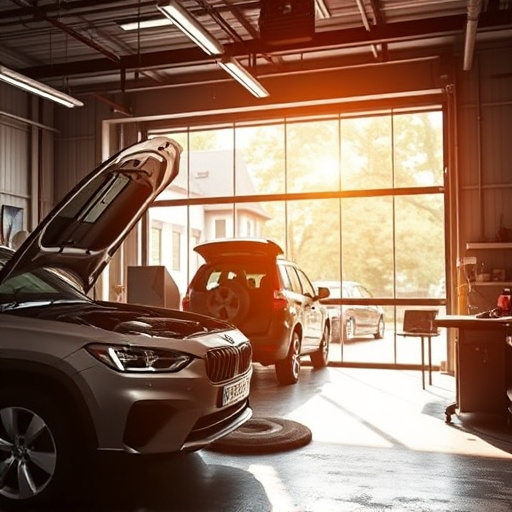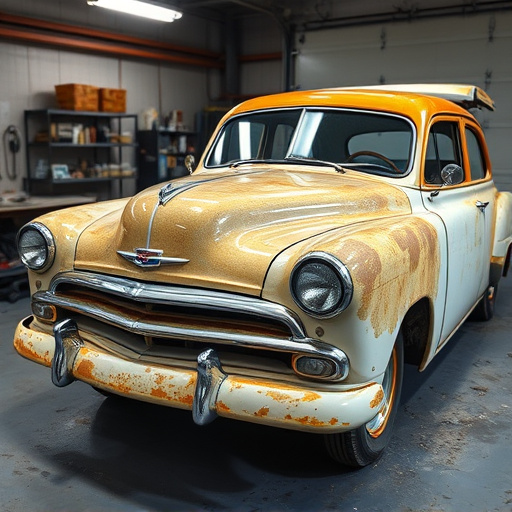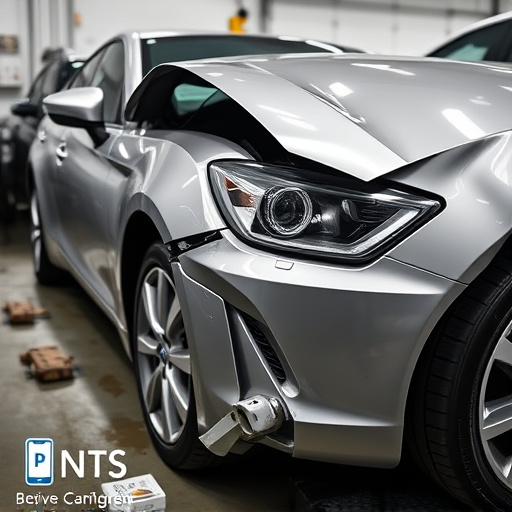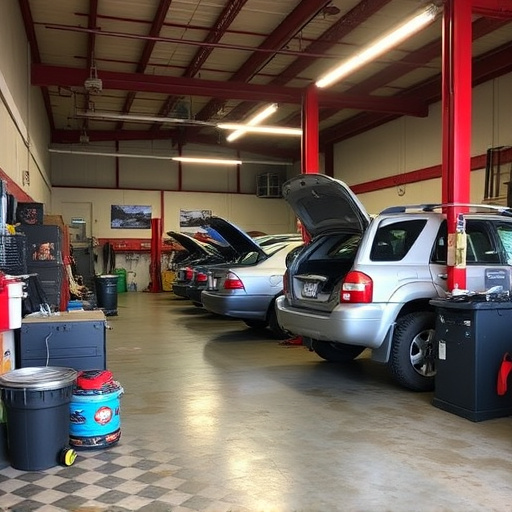Tesla vehicles require specialized Tesla-specific repair equipment due to their unique electrical systems, advanced battery technology, and over-the-air update capabilities. This equipment, coupled with knowledgeable technicians, ensures accurate diagnostics, efficient maintenance, and safe repairs. Body shops should invest in compatible gear and provide ongoing training to keep up with Tesla's rapid technological advancements, offering superior service for electric vehicle owners.
Tesla vehicles are renowned for their cutting-edge electrical systems, demanding specialized knowledge and tools for repairs. This article delves into the critical importance of using Tesla-specific repair equipment for seamless system integration. We explore the unique requirements of Tesla’s advanced technology, highlighting key components in such equipment. Furthermore, we provide best practices for ensuring efficient integration and offer insights on the vital role of technical support in this process. Understanding these aspects is crucial for both professionals and enthusiasts alike to maintain Tesla vehicles optimally.
- Understanding Tesla's Unique Electrical Systems and Their Requirements
- Key Components of Tesla-Specific Repair Equipment
- Seamless Integration: Best Practices for Equipments and Technical Support
Understanding Tesla's Unique Electrical Systems and Their Requirements
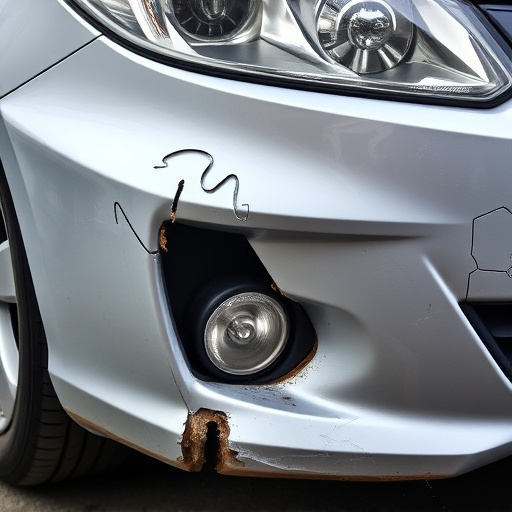
Tesla vehicles are renowned for their cutting-edge technology and innovative electrical systems, which differ significantly from traditional internal combustion engines. To facilitate seamless system integration during repairs, auto repair services specializing in Teslas require specialized tools and equipment designed specifically for Tesla models. This is where Tesla-specific repair equipment plays a pivotal role, ensuring efficient and accurate maintenance.
Understanding the intricate electrical architecture of Teslas, including their advanced battery systems, motor control units, and software interfaces, is essential. Auto maintenance professionals must be equipped with diagnostic tools capable of reading and interpreting this unique data to identify issues accurately. Unlike conventional vehicles like Mercedes-Benz repair models, Tesla’s require a different approach due to their complex power electronics and over-the-air update capabilities, demanding specialized auto repair services that can keep pace with these technological advancements.
Key Components of Tesla-Specific Repair Equipment
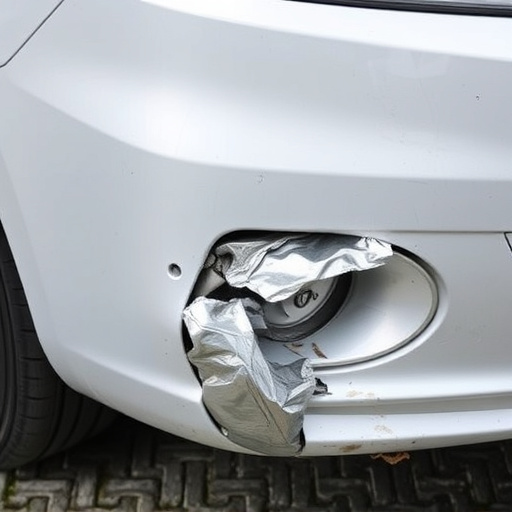
The heart of any Tesla-specific repair equipment lies in its specialized tools tailored to navigate the unique design and complex systems of Tesla vehicles. These aren’t your average auto body work tools; they’re engineered to handle intricate tasks like battery pack removal and replacement, crucial for addressing issues with Tesla’s iconic electric propulsion systems. Advanced diagnostic capabilities are another cornerstone, enabling technicians to seamlessly integrate with Tesla’s over-the-air (OTA) updates and advanced driver assistance systems (ADAS).
Effective Tesla-specific repair equipment also encompasses modular, interchangeable parts designed for easy installation and removal, streamlining collision repair processes in specialized centers. These components ensure precise restoration of vehicle body repair while maintaining the integrity of Tesla’s cutting-edge technology. This level of precision and compatibility is paramount to keeping up with the rapid evolution of electric vehicle (EV) manufacturing standards.
Seamless Integration: Best Practices for Equipments and Technical Support
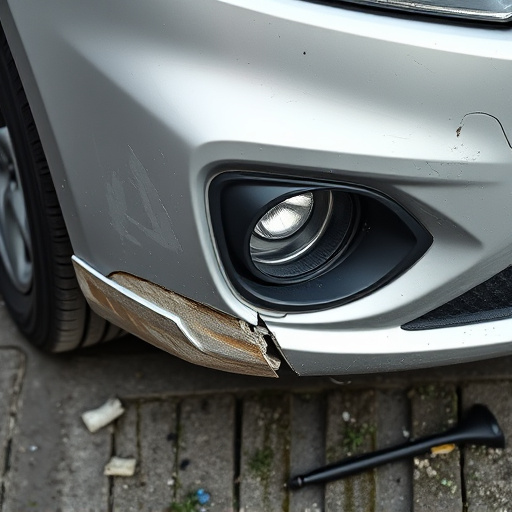
Seamless integration is key when it comes to Tesla-specific repair equipment and technical support. To ensure a smooth process, automotive body shops and collision repair centers should focus on compatibility and communication. Choosing equipment designed explicitly for Tesla vehicles guarantees the best results. This specialized gear is tailored to handle unique features like advanced electronics and battery systems, ensuring precise repairs without compromising performance or safety.
Effective communication between technicians and support staff is equally vital. Staying updated with Tesla’s latest software and hardware revisions enables repair centers to offer cutting-edge service. Regular training sessions and access to technical resources specifically for Tesla-related issues empower automotive professionals to diagnose and resolve complex problems efficiently, fostering a seamless experience for both shop personnel and vehicle owners in the process.
Tesla-specific repair equipment is pivotal for ensuring seamless system integration within the brand’s vehicles. By understanding the unique electrical systems and their requirements, and equipping workshops with the right tools, technicians can efficiently address repairs and modifications. Key components of this equipment include specialized diagnostic tools, genuine replacement parts, and training programs tailored to Tesla’s technologies. Adhering to best practices for integration and leveraging robust technical support ensures that repairs are conducted accurately and safely, maintaining the integrity and performance of Tesla vehicles.
